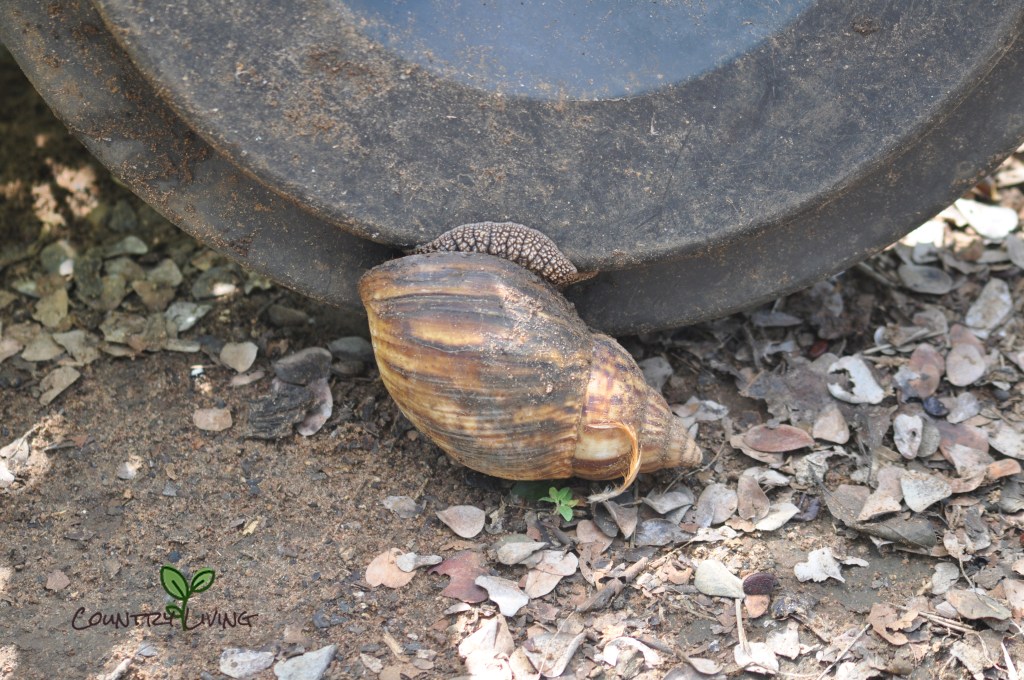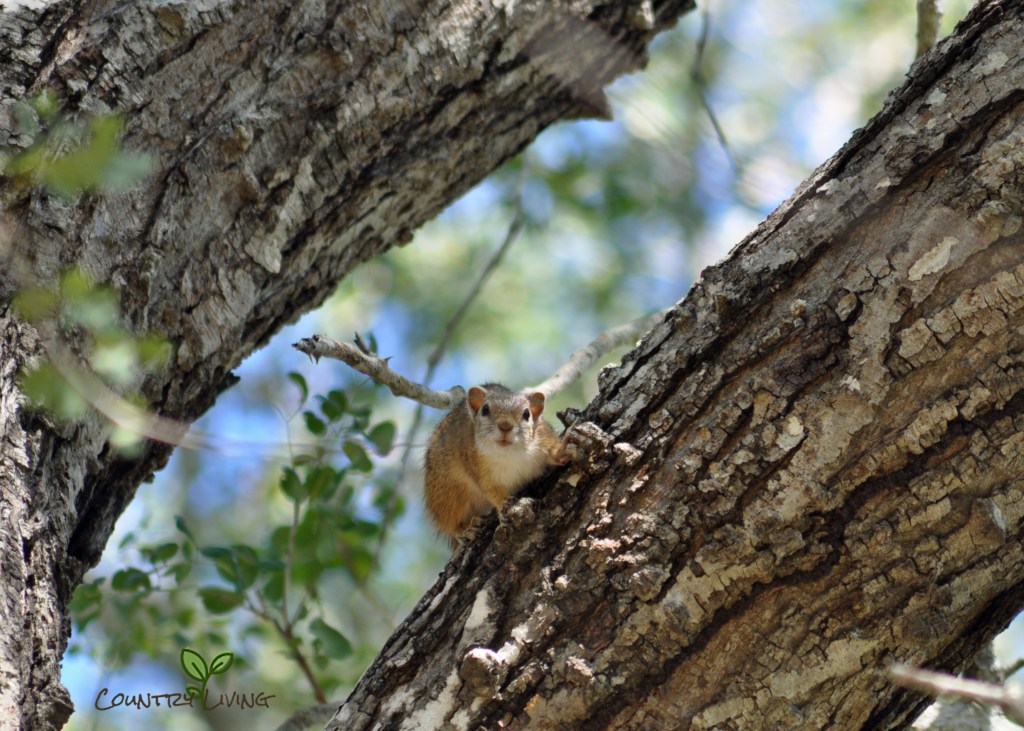Weekly camp-life is a buzz of people, domesticated livestock and the integration of all of the that into the wild surroundings.
When we get up while it is still dark it is fairly quiet. At first, it is just the sound of the bush waking up, mostly bird calls. Then the staff at cattle posts get radioed and after that, it’s the buzz of staff arriving. On Mondays, it is exceptionally busy as everyone starts their weeks from base. It is noisy and busy. This morning the Kalahari red goats got dipped. New-born goats and their moms gets separated from the herd and stay in a sheltered, closed-up nursery during the day. On a few occasions we had baboons visiting the camp and they quite brutally stole and killed some of the lambs. So for their own protection they are kept in until they are old enough to safely go out with the herd. Hand-reared calves got their milk, horses got their tick and parasite treatment. The donkey-car fence team got ready for the fence inspections and the fencing team packed for their week fencing.

Kalahari red Lambs in creche 
Watching the calves get milk 
Free-roaming Chickens
Then as everyone went on their separate ways again only the camp staff stays. The ladies who look after the houses, the goat herders take out the goats and the gardener. The sounds now change to the occasional conversation in camp, my chickens and bird-calls around camp. Walking through camp, you can always find something interesting whether it is Dung beetles or Giant Land Snails.

Giant Land Snail 
Dung Beetle
The sound of the Emerald-spotted wood dove, Pied Batis, Black-crowned Tchagra or Grey-headed Bushshrike can be heard frequently and an occasional Crowned Hornbill and Trumpeter Hornbill. This also changes seasonally. Living so far away from it all makes you much more aware of nature and the seasons. In a sense, the past 7 months was the slowest 7 months off my life, but at the same time, peak-summer with heavy rains and migratory birds seemed to go as fast as it came.
When you walk through the camp during the day there is a chance of seeing some tree squirrels in the quieter parts of camp either quietly sunning in a branch or loudly announcing your presence to each other.

Tree Squirrel 
Tree Squirrel
On several occasions I have found bats, although I haven’t photographed all, there are some that still need to be identified when I see them again. I found to pretty reddish bats in a guest bathroom and wrongly identified them as Sundevall’s Roundleaf bats in this Instagram post. (If you are on Instagram you are most welcome to follow me.) Thank you to John from Untamed birding for correcting my ID to the red form of the Geoffroy’s Horseshoe Bat rather. Which makes these two an even more special find. The Geoffroys Horseshoe Bats are listed on the Red Data list as near-threatened. They are also insect eaters, so having them in a bathroom is a great way to get rid of the mosquitoes. So happy to have them here.

Geoffroy’s Horseshoe Bat 
Geoffrey’s Horseshoe Bat
Night time sounds are the type I would listen to on recordings during our time we lived in Bloemfontein. Scops owl, Fiery-necked Nightjar and fruit bats with the occasional cry of a Greater Galago (Thick-tailed bushbaby) are the sounds I enjoy at night. One night around 2h00 in the morning my husband I and woke up startled by a very strange cry on our roof. I imagined it sounding like a dying fruit bat, but the curiosity got the better of us and we sneaked out with a flashlight. It was 2 Greater Galago in the trees above our house. Whether they were fighting or mating or just chatting I still don’t know.
There are a whole lot more to tell about life in camp we have seen many frogs, snakes and reptiles and I want to do a write up on my Mozambique bird list so far. I am in need of a few guide books to help me identify frogs and reptiles. The most commonly found frogs in our camp would be the foam nest frogs. I absolutely adore these chirpy frogs. We have found a chameleon in camp on two occasions and there are many geckos and lizards living in and around my house. As for snakes, we have seen a few around camp, mostly harmless except for a Mozambican Spitting Cobra. We have seen a Spotted Bushsnake, Rufous Beaked Snake, Common Tiger Snake, Cross Barred Tree Snake, Black-headed Centipede eater and two unidentified because they moved off too fast, one of which was this morning. I would bet all my money that the last mentioned snake got a bigger fright than what I did. I was just outside the camp-fence looking at my pumpkins that grew outside into the bush when I startled the snake. If a snake could jump, that one did…
We have moved to Mozambique 7 months ago as a family, my husband, me and our 2 year old daughter.
To read more of these stories about our life here, you can subscribe to my blog by entering your e-mail address in the follow blog on the top left-hand side of the page or like my Facebook page here: Country Living in Southern Africa.
Have you got the African Snake Institute App for ID of snakes? I’ve found it very useful here!
LikeLiked by 1 person
Nope. I actually don’t have it. I should download it! I have Johan Marais’ Snakes of Southern Africa book and then if needed I ask on the Facebook Group with the same name.
LikeLike
What a wonderful description!
LikeLiked by 1 person
Thanks. The farm is wonderful!
LikeLike
Thank you! Farm life is wonderful
LikeLike
An evocative post and the photo of watching the calves being fed is too cute.
I am curious about the occasions when baboons took and killed baby goats. On each occasion how many did they take? Did they eat the goats and did anyone witness these events? Thanks.
LikeLiked by 1 person
One or two per occasion. My husband saw it as well as the staff. My husband said it was quite gruesome. They tore off limbs while the lamb was still alive. Jip, they ate it. I couldn’t believe they could be so vicious.
LikeLiked by 1 person
Sorry to ask about what must have been such a distressing time, and thank you for describing what happened. I am surprised that even when under observation the baboons proceeded with attacking the lambs. I think it is absolutely great that you are taking steps to protect the lambs in such a pragmatic and non-violent way.
LikeLiked by 1 person
Baboon numbers are very high here. I was actually discussing that with my husband the other day. Wondering whether more large predators Leopard/Lion/Hyena would put pressure on their numbers? Currently we have no big predators here. None that we are aware off at least.
LikeLiked by 1 person
I suppose it is hard to say what population numbers would be “normal” given changes in land use, habitats and animal populations generally. I guess that pythons and certain raptor species would predate on baboons in your area and that they are also vulnerable to disease, humans and to adverse weather conditions and seasonal fluctuations in food resources?
LikeLiked by 1 person
True. Very difficult. Baboons are a delicacy here and even with the poaching and shooting their numbers are still high. I suppose you are right with raptors and pythons predating on the young.
LikeLiked by 1 person
Humans in relation to other primates so often involves conflict, sadly. It sounds that the baboons in your regions endure a high level of persecution that must traumatize them individually and is likely to seriously disrupt and destabilize their social organisation. No easy answers …
LikeLike